The Russian company Sitronics Group is working on satellite communications for UAVs
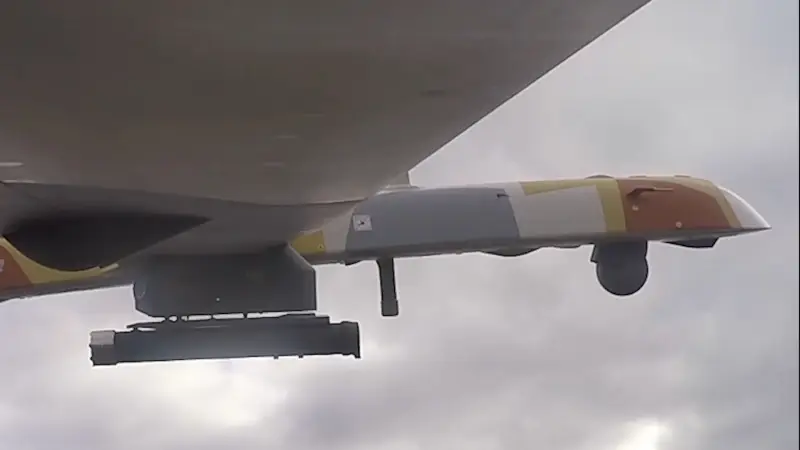
UAV "Pacer". The introduction of satellite communications could improve its performance
Potential and capabilities of unmanned aviation systems largely depend on the communication means used in it. In particular, it is possible to use satellite communications, which can provide the highest range of UAVs. The Russian defense industry has been dealing with similar issues for a long time, and this year it is planned to conduct new experiments involving modern space and aviation technology.
Big plans
On March 13, the opening of a new technological space “Boiling Point” took place in Moscow. This platform was created by several organizations to ensure the further development of unmanned aircraft: with its help, technology developers will be able to exchange experiences, coordinate actions, etc. Such cooperation has already begun, and the first joint projects are becoming known.
One of the Boiling Point participants is Sitronics Group, which is involved in various projects in the IT field and related areas. Its president Nikolai Pozhidaev spoke about the preparation of an interesting and promising project. Together with several other enterprises, Sitronics will conduct an experiment this year on the integration of UAVs and satellite communications.
An experiment to organize space communications is planned to be carried out next summer. Last year, Sitronics Group built more than 100 communications satellites, which will now be launched into designed orbits. Some of this technology will be used in a future experiment as a means of transmitting and relaying radio signals and data.
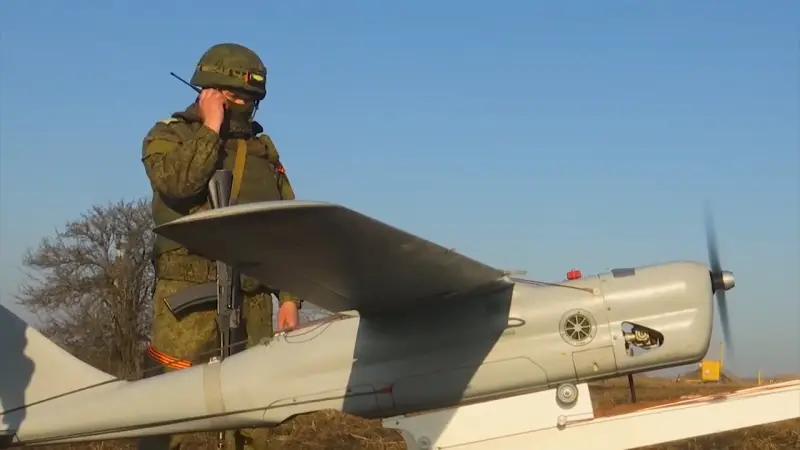
The Vedomosti publication reports that Sitronics' partners in the new experiment will be Ptero and Aeromax. They will provide an unmanned aerial vehicle or vehicles that will be equipped with new communications devices and will help demonstrate the potential of the proposed technology.
The experiment will use communications based on the open Autonomous Identification System (AIS) protocol. According to the test plan, the UAV with special communications equipment will have to move more than 100 km from the control station and solve surveillance and reconnaissance tasks. Due to the impossibility of maintaining direct communication, data exchange will be carried out via satellite. The newly developed communication protocol will ensure the transmission of signal and telemetry from the UAV to the control station.
Sitronics Group believes that such a system allows for reliable communication and control of unmanned systems in conditions where it is not possible to deploy the necessary ground components. In addition, a future experiment should show the fundamental possibility of implementing UAV satellite communications only using available spacecraft.
The experiment should take place no later than the first ten days of July. Sitronics Group promises to present its results at the Archipelago-2024 event, which will be held July 10-21 on Sakhalin. Thus, only three to four months are left to carry out the planned work. Judging by the optimism of the developers, the necessary preparations have already been made, and now the experiment is only a matter of time.
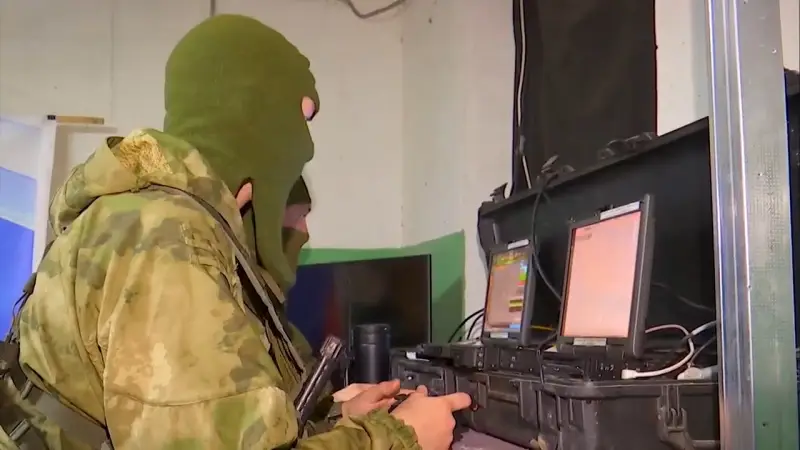
Communication issues
The vast majority of modern unmanned aircraft systems use direct radio communication between the aircraft and the control station. This communication organization simplifies and reduces the cost of the system, but imposes certain operational limitations.
The range of a UAV directly communicating with a control station depends on their relative position. In practice, depending on the terrain and other factors, this parameter does not exceed tens of kilometers. To increase it, different options for placing antenna posts of the control station and intermediate repeaters are used, incl. on unmanned aerial platforms.
A radical solution to the range problem is the use of satellite communications. In this case, radio signals from the control station and from the UAV pass through a repeater spacecraft or through several satellites. Due to different configurations of such communication circuits, it is possible to ensure communication between any points on the planet.
Satellite communications have been used in the UAV industry for quite some time. Equipped with appropriate instruments and communication devices Drones heavy class, characterized by long flight duration and range. The use of satellite communications makes it possible to fully realize the flight performance and operational potential of the UAV.
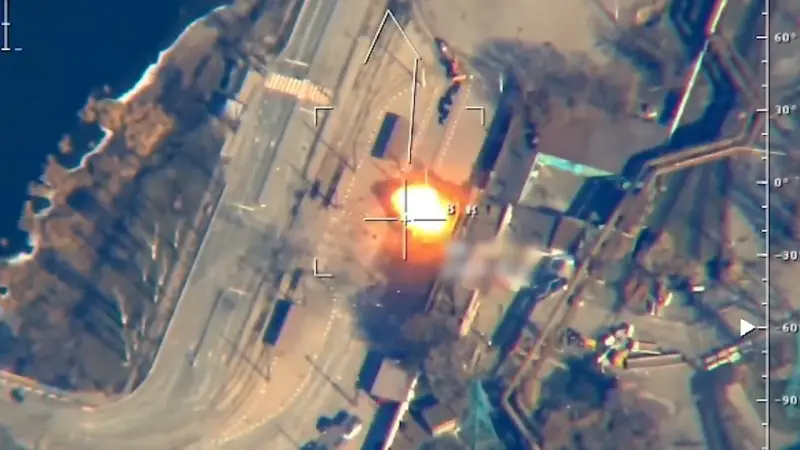
“Global” communication systems have been implemented in several American-designed UAV projects. Russia, China and Turkey also have similar developments. Heavy drones with satellite communications are regularly used in various operations and clearly demonstrate the benefits of such technologies.
On a new scale
It is easy to see that satellite communications are so far used only in the class of heavy reconnaissance and strike UAVs. At the same time, its characteristic advantages can be useful in other areas of unmanned aircraft construction. In this regard, experiments are being carried out in different countries to introduce such technologies on light and medium-sized drones, and some have already led to real results.
Thus, the Kyiv regime is armed with UAVs using the American Starlink communication system. This system was originally created to provide Internet access, and its channels were used to connect components of an unmanned aircraft system. In this case, all the advantages of satellite communications in general are used, as well as the characteristic features of the Starlink system.
The announced experiments of the Sitronics Group and its related companies appear to pursue similar goals. Methods, tools and protocols have been created for communication with UAVs via light relay satellites, and now the new development must be tested in practice. So far we are talking only about tests, but if the desired results are obtained, further development of the project and the subsequent introduction of new technologies and components into operation should be expected.
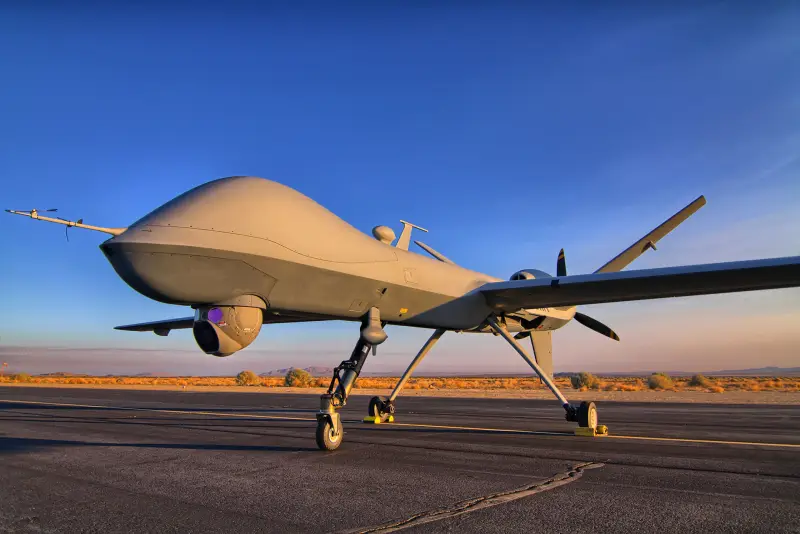
American MQ-9 UAV. The characteristic shape of the nose indicates the presence of a satellite dish
In recent years, the domestic industry, represented by defense enterprises and new organizations, has developed and introduced a large number of UAVs of all main types and classes. These products use “conventional” radio communications with a direct connection between the control station and the aircraft. Moreover, such drones could have more advanced means of communication. The new Sitronics project and similar developments of other organizations will contribute to solving such problems and the overall development of domestic unmanned aircraft.
New Technologies
Thus, Russian industry is actively engaged in the development and production of UAVs of the main classes and types needed by the armed forces and other structures. To ensure this process and progress, new technologies of various kinds are being created.
In these processes, special attention is paid to various electronics and radio systems. Control systems are being improved, resistance to interference and enemy counteraction is increasing, etc. According to the latest news, in the foreseeable future, domestic UAVs will be able to receive a fundamentally new communication system with special capabilities.
Information